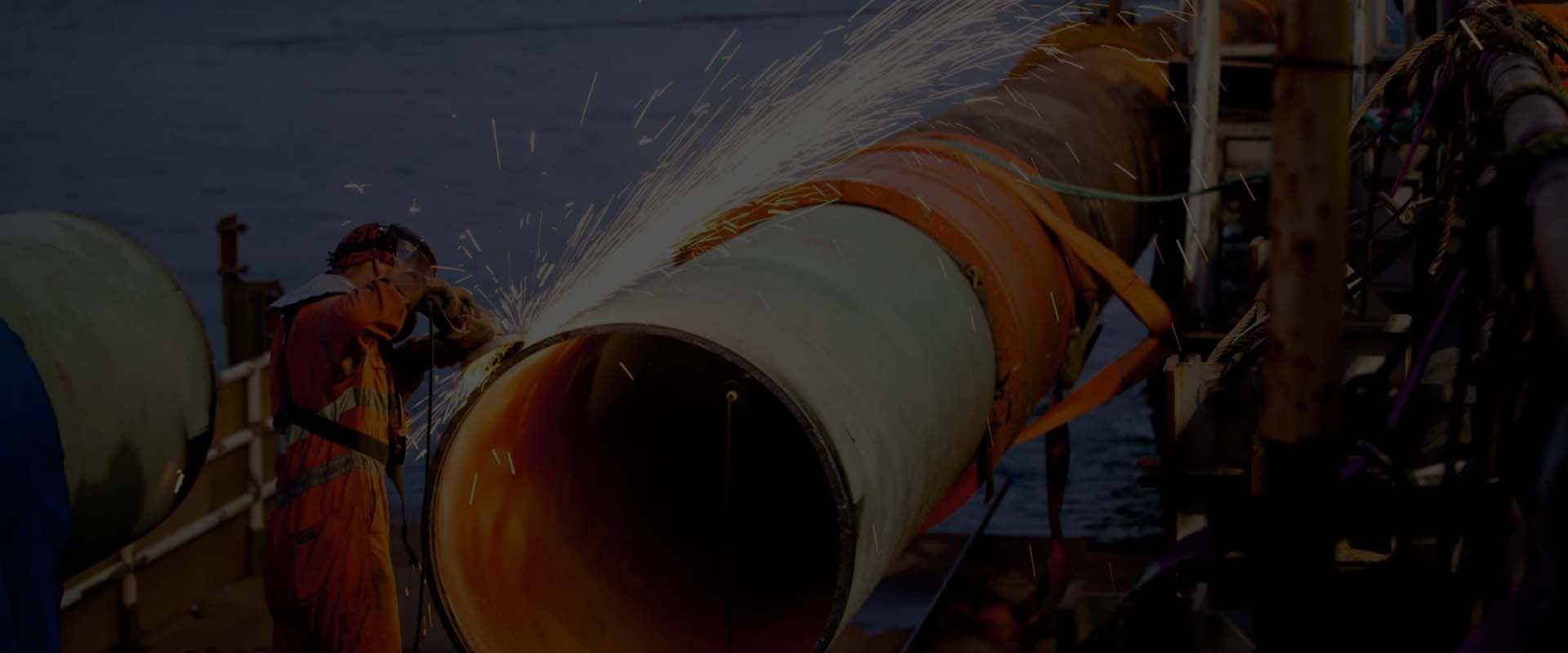- Industrial zone, South of Anping Town, Hengshui, Hebei, China.
- sales@hfpetromesh.com
- +86-18931809706
 Afrikaans
Afrikaans  Albanian
Albanian  Amharic
Amharic  Arabic
Arabic  Armenian
Armenian  Azerbaijani
Azerbaijani  Basque
Basque  Belarusian
Belarusian  Bengali
Bengali  Bosnian
Bosnian  Bulgarian
Bulgarian  Catalan
Catalan  Cebuano
Cebuano  Corsican
Corsican  Croatian
Croatian  Czech
Czech  Danish
Danish  Dutch
Dutch  English
English  Esperanto
Esperanto  Estonian
Estonian  Finnish
Finnish  French
French  Frisian
Frisian  Galician
Galician  Georgian
Georgian  German
German  Greek
Greek  Gujarati
Gujarati  Haitian Creole
Haitian Creole  hausa
hausa  hawaiian
hawaiian  Hebrew
Hebrew  Hindi
Hindi  Miao
Miao  Hungarian
Hungarian  Icelandic
Icelandic  igbo
igbo  Indonesian
Indonesian  irish
irish  Italian
Italian  Japanese
Japanese  Javanese
Javanese  Kannada
Kannada  kazakh
kazakh  Khmer
Khmer  Rwandese
Rwandese  Korean
Korean  Kurdish
Kurdish  Kyrgyz
Kyrgyz  Lao
Lao  Latin
Latin  Latvian
Latvian  Lithuanian
Lithuanian  Luxembourgish
Luxembourgish  Macedonian
Macedonian  Malgashi
Malgashi  Malay
Malay  Malayalam
Malayalam  Maltese
Maltese  Maori
Maori  Marathi
Marathi  Mongolian
Mongolian  Myanmar
Myanmar  Nepali
Nepali  Norwegian
Norwegian  Norwegian
Norwegian  Occitan
Occitan  Pashto
Pashto  Persian
Persian  Polish
Polish  Portuguese
Portuguese  Punjabi
Punjabi  Romanian
Romanian  Russian
Russian  Samoan
Samoan  Scottish Gaelic
Scottish Gaelic  Serbian
Serbian  Sesotho
Sesotho  Shona
Shona  Sindhi
Sindhi  Sinhala
Sinhala  Slovak
Slovak  Slovenian
Slovenian  Somali
Somali  Spanish
Spanish  Sundanese
Sundanese  Swahili
Swahili  Swedish
Swedish  Tagalog
Tagalog  Tajik
Tajik  Tamil
Tamil  Tatar
Tatar  Telugu
Telugu  Thai
Thai  Turkish
Turkish  Turkmen
Turkmen  Ukrainian
Ukrainian  Urdu
Urdu  Uighur
Uighur  Uzbek
Uzbek  Vietnamese
Vietnamese  Welsh
Welsh  Bantu
Bantu  Yiddish
Yiddish  Yoruba
Yoruba  Zulu
Zulu
- Afrikaans
- Albanian
- Amharic
- Arabic
- Armenian
- Azerbaijani
- Basque
- Belarusian
- Bengali
- Bosnian
- Bulgarian
- Catalan
- Cebuano
- Corsican
- Croatian
- Czech
- Danish
- Dutch
- English
- Esperanto
- Estonian
- Finnish
- French
- Frisian
- Galician
- Georgian
- German
- Greek
- Gujarati
- Haitian Creole
- hausa
- hawaiian
- Hebrew
- Hindi
- Miao
- Hungarian
- Icelandic
- igbo
- Indonesian
- irish
- Italian
- Japanese
- Javanese
- Kannada
- kazakh
- Khmer
- Rwandese
- Korean
- Kurdish
- Kyrgyz
- Lao
- Latin
- Latvian
- Lithuanian
- Luxembourgish
- Macedonian
- Malgashi
- Malay
- Malayalam
- Maltese
- Maori
- Marathi
- Mongolian
- Myanmar
- Nepali
- Norwegian
- Norwegian
- Occitan
- Pashto
- Persian
- Polish
- Portuguese
- Punjabi
- Romanian
- Russian
- Samoan
- Scottish Gaelic
- Serbian
- Sesotho
- Shona
- Sindhi
- Sinhala
- Slovak
- Slovenian
- Somali
- Spanish
- Sundanese
- Swahili
- Swedish
- Tagalog
- Tajik
- Tamil
- Tatar
- Telugu
- Thai
- Turkish
- Turkmen
- Ukrainian
- Urdu
- Uighur
- Uzbek
- Vietnamese
- Welsh
- Bantu
- Yiddish
- Yoruba
- Zulu
Durable Steel Pathway Solutions for Efficient Outdoor Navigation
The Importance of Steel Walkways in Modern Infrastructure
In the realm of modern infrastructure, steel walkways have gained significant attention due to their practicality, durability, and aesthetic appeal. These structures serve as essential components in various settings, including commercial complexes, industrial worksites, parks, and urban developments. Their design and implementation play a crucial role in public safety, accessibility, and overall functionality.
One of the primary advantages of steel walkways is their strength and resilience. Steel is known for its ability to withstand harsh weather conditions and heavy foot traffic. Unlike wooden walkways, which can deteriorate over time due to rot or pest damage, steel walkways offer a long-lasting solution. This durability translates into lower maintenance costs and extended service life, making them a cost-effective choice in the long run.
Safety is another vital concern that steel walkways address effectively. In environments where pedestrian traffic meets vehicle movement, such as construction sites or busy urban areas, steel walkways provide a secure passage for pedestrians. They can be designed with non-slip surfaces to prevent accidents, ensuring that users can traverse even in wet or icy conditions. Furthermore, steel walkways can be engineered to handle significant loads, making them suitable for heavy machinery and equipment in industrial settings.
steel walkway

Moreover, steel walkways can contribute to enhancing the aesthetics of an area. With advancements in design techniques, steel structures can be customized to complement the surrounding environment. Decorative elements, such as railings, can be added to improve visual appeal while maintaining functionality. When integrated into parks or recreational areas, these walkways can facilitate easy navigation while providing scenic views, thereby enriching the user experience.
Environmental considerations also play a part in the growing popularity of steel walkways. Steel is a recyclable material, which aligns with the increasing push toward sustainable construction practices. By opting for steel walkways, builders are not only investing in a durable option but are also contributing to environmental conservation efforts. The potential to recycle steel means that these structures can have a lower impact on resource depletion compared to other materials.
Moreover, the installation of steel walkways supports inclusivity by providing accessible routes for individuals with disabilities. By incorporating features such as gentle slopes and appropriate width, these walkways ensure that everyone, regardless of mobility challenges, can access essential areas safely.
In conclusion, steel walkways represent a crucial innovation in infrastructure development. Their strength, safety features, aesthetic versatility, and environmental benefits make them an ideal choice for various applications. As urban areas continue to evolve and expand, the role of steel walkways will undoubtedly become more prominent, enhancing the safety and quality of life for countless individuals worldwide.
-
Welded Steel Bar Grating: The Rugged Industrial Flooring Solution Built for Load and LongevityNewsJun.24,2025
-
Steel Walkway Grating: Reliable, Resilient, and Built for Every StepNewsJun.24,2025
-
Shale Shaker Screen for Sale: Optimize Drilling Efficiency with Precision Screening PowerNewsJun.24,2025
-
Shaker Screen for Sale: Elevate Your Drilling Efficiency with Durable Separation SolutionsNewsJun.24,2025
-
Press Locked Steel Grating: Industrial Strength with Precision Fit for Heavy-Duty ApplicationsNewsJun.24,2025
-
Perimeter Safety Netting: The Critical Safety Upgrade for Every HelipadNewsJun.24,2025